Looking for a traditional Norwegian souvenir to take home? Here’s our guide to what makes a great gift to Norway, and what to avoid.
Buying souvenirs or gifts in Norway, much like anywhere else, can be a daunting task. Much of what is on offer in souvenir shops is not even produced locally.
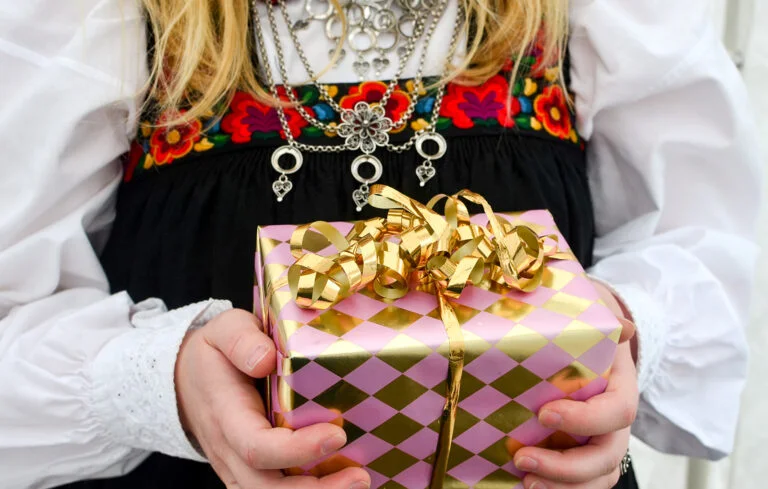
Finding an authentic gift that will be appreciated is definitely not easy. Knowing what to look for ahead of time will help you find the perfect gift quickly, leaving you more time for gazing at those fjords.
So if you are planning a trip to Norway and are unsure what to bring back to friends and family, this guide is for you. Whether you are in the market for something traditional, something that tastes good or something that looks great, we have got you covered with suggestions for all budgets.
Pewter goods
Pewter goods are a nice mid-range option when looking for gifts in Norway. Pewter is a tin alloy used to make such items as tableware, candlesticks, cheese cutters and other trinkets.
You can find pewter items at most Norwegian souvenir shops, but be aware that though they often feature Nordic or Viking motives, not all of them are made in Norway. That being said, a pewter model of a Viking ship looks pretty cool on a mantelpiece, regardless of where it’s been manufactured.
Pewter items have been widely available for ages in Norway. They used to be known as “poor man’s silver”.
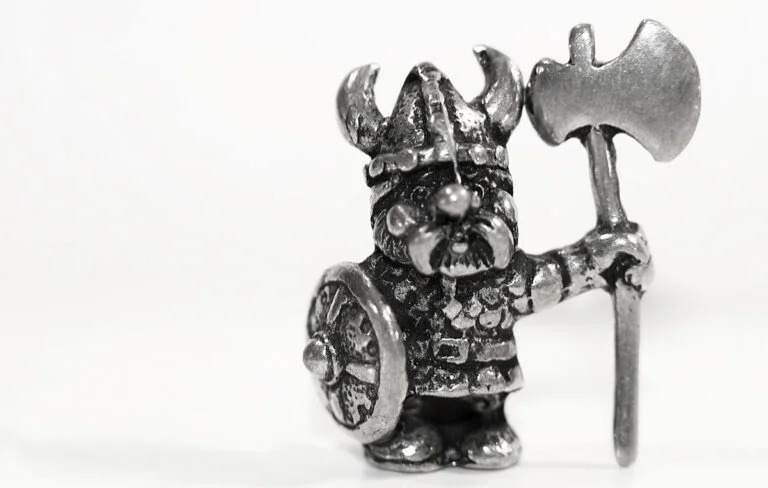
As such, you can find vintage items on the market that are not mass-produced like the ones on offer at souvenir shops. Be aware though that these older pewter items often contain lead, which is toxic and should not be used to serve food.
Hiking gear
If the person you are buying a gift for is an outdoor enthusiast, hiking gear is a no-brainer option. Excellent hiking gear is widely available in Norway, and the prices are often as good or better than options in other countries.
The reason for this is that Norwegians love the outdoors, and they love their gear. This popularity of high-end hiking gear means that it is very easy to find and that the prices are actually not bad at all.
Ever been on a hike wearing a cotton t-shirt and finding yourself being too hot or too cold throughout? That does not happen with a merino wool t-shirt, available anywhere (even certain grocery shops carry them).
Other items to look for in the same category are shell jackets, fleece jackets, backpacks, walking sticks and sitteunderlag (small rectangular mattresses you sit on when you are outdoors, to avoid getting cold or wet on your butt).
Knitwear
Norwegians have a long history of using wool to protect themselves against the cold. To this day, sheep are a common sight on tourist roads and knitting is an extremely popular hobby.
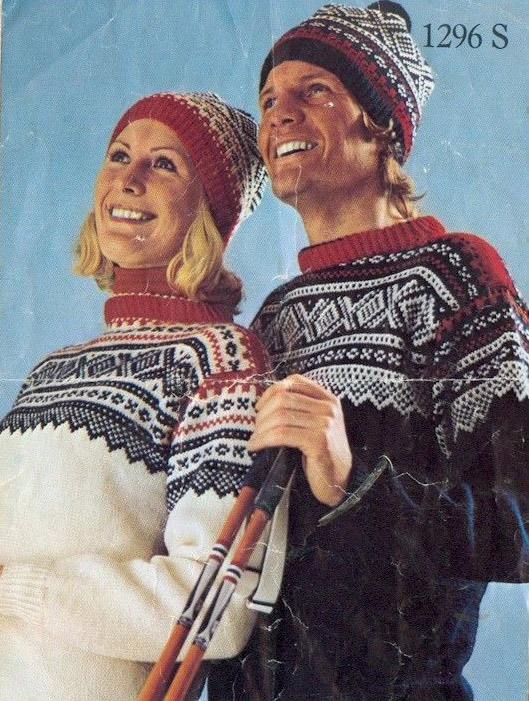
If knitting is not your thing, there is a wide array of knitted goods available in the country. Prices vary from amazingly cheap (but made in China) to eye-wateringly expensive.
At the high end of the price scale (the Dale of Norway brand comes to mind), you can be guaranteed a warm, high-quality sweater or jacket, sure to please anyone receiving it. Before you start your shopping, check out these top Norwegian clothing brands.
Yarn
Speaking of knitting. If anyone you know is a knitter, get them yarn.
Yarn made of 100% wool is widely available in Norway (unlike the acrylic stuff that’s so pervasive elsewhere). And because knitting is such a popular activity, the volumes sold make it possible to find good deals.
Coop grocery shops often have a small selection, at more affordable prices than specialty yarn stores.
Rosemaling
Rosemaling (pronounced roo-suh-mah-ling) means “rose painting”. It’s a traditional way of decorating wooden objects, such as plates, chopping boards, wooden chests, spoons or cake containers (see the “Tine” section below).
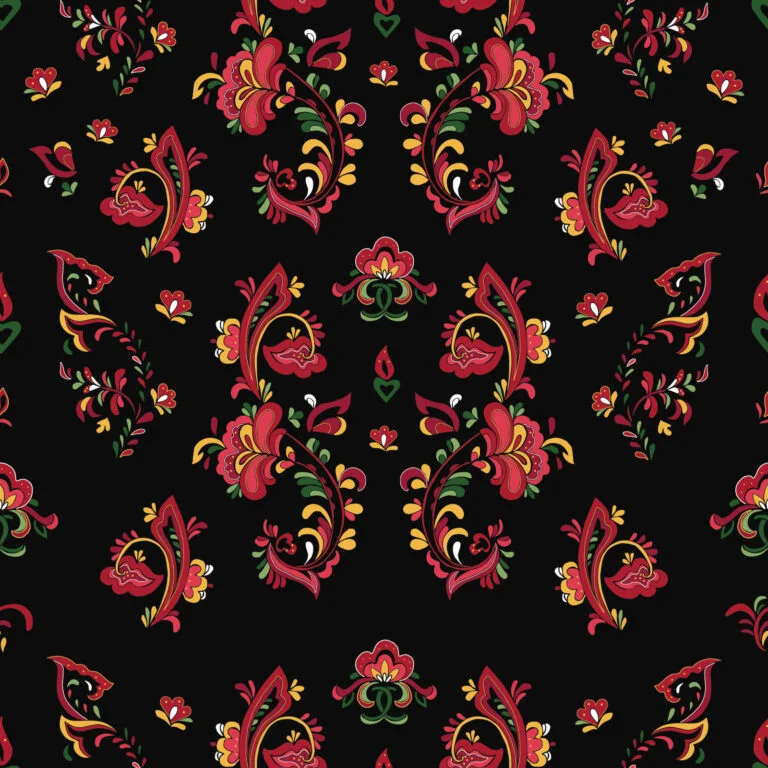
While you can find many examples of rosemaling in museums, the technique is still used today and new, handcrafted items featuring it can be bought. As with anything handcrafted, be prepared to pay a bit more.
Reindeer pelts
Nothing says Northern Norway more than a reindeer pelt. The item is really at home in a cabin, and will please interior decoration enthusiasts looking for a rustic, authentic look.
Be aware that reindeer hair is hollow (like macaroni), which means it’s brittle and unsuited to be walked on. Your reindeer pelt is best used as a wall hanging or to decorate a bed than on the floor.
Be aware that the pelt will need to be properly treated in order for you to be able to cross the border with it – also do check the import rules of your country of residence for such products. Pelts sold in souvenir shops or farmers’ markets are usually properly treated.
How can you tell if the pelt has been treated? The easiest way is to ask, but you can usually tell by looking at the backside. If it’s whiteish, clean and souple, it’s treated. If it’s tough and brownish, it’s not.
Sheep pelts
Another favourite, sheep pelts are super warm and more versatile – though maybe less exotic – than reindeer ones. Why would I go to Norway to buy something I can just get at Ikea? I hear you ask.
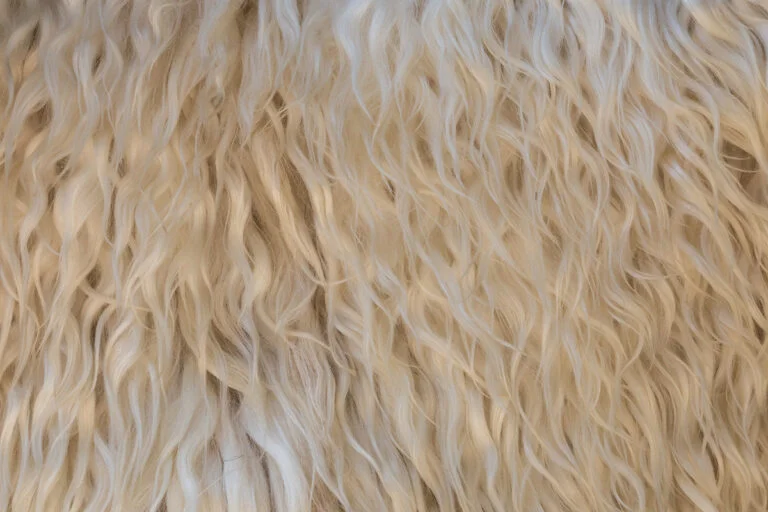
The answer is that the sheep pelts you can find in Norway are generally nicer, have thicker, longer hair and come in a greater variety of colours than the ones available in megastores.
Sheep pelts are usually a bit less expensive than the reindeer ones. Again, make sure they are properly treated and check the import rules in your country.
Christmas decorations
Christmas decorations are a classic and a favourite with many people. One of the benefits is that a small ornament takes little precious luggage space, so it’s perfect if you need to bring back a little something to many people.
What to get exactly? Traditional choices include a Norwegian nisse (gnomes, essentially) of various styles, often wearing hand-knitted clothing. Other favourites are treetop stars, tealight lanterns of various types and hand-painted ornaments.
Bunad or festdrakt
If your budget is quite literally unlimited and you want the recipient’s eternal loyalty and affection, you could always splurge on a Norwegian bunad: a traditional Norwegian costume. They come in many varieties, with specific designs for every region.
The bunad is usually made from thick wool fleece, and is ideal for pre-global warming Norwegian summer weather. As such, it may be a tad too warm for California or the French Riviera.
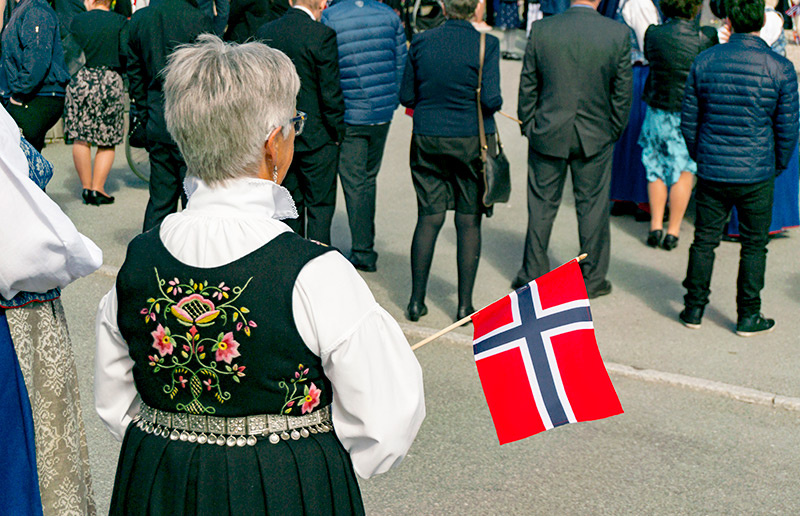
Rules surrounding the making of a bunad are quite strict, and enforced by the proverbial bunad politiet (bunad police).
There is no such police force of course, but suffice to say that the strict rules of the craft mean the prices are astronomical – upwards of 25,000 NOK (2,550 USD or 2,000 GBP), and that does not even include the mandatory silver buttons and jewellery.
The festdrakt looks exactly like a bunad to the untrained eye, but is not associated with a specific region and does not follow the strict bunad rules. In fact, there are no rules at all.
This means that on the expensive end of the spectrum, the festdrakt will be almost as expensive as the bunad, but with its own, more liberal design. On the cheaper end, it will be a mass produced item, probably made in China, that looks a little bit like a bunad but only from a distance.
Festdrakter (that’s the plural for festdrakt) are often the best choice for fast-growing children.
They have been growing in popularity among adults in the past few years, especially with the younger generation who tend to prioritise other, more mundane preoccupations such as housing, over the ownership of an extravagant traditional costume.
Akevitt
If you find it difficult to decide on an object to get to a loved one, a product you can actually consume can never go wrong. Akevitt/aquavit is a Scandinavian spirit made from grains or potatoes, and aromatised with herbs and spices.
It is usually drunk straight up, at room temperature, with no ice or water. It is said to go well with beer, and is often consumed together with a pilsner, at Christmas or on other celebratory occasions.
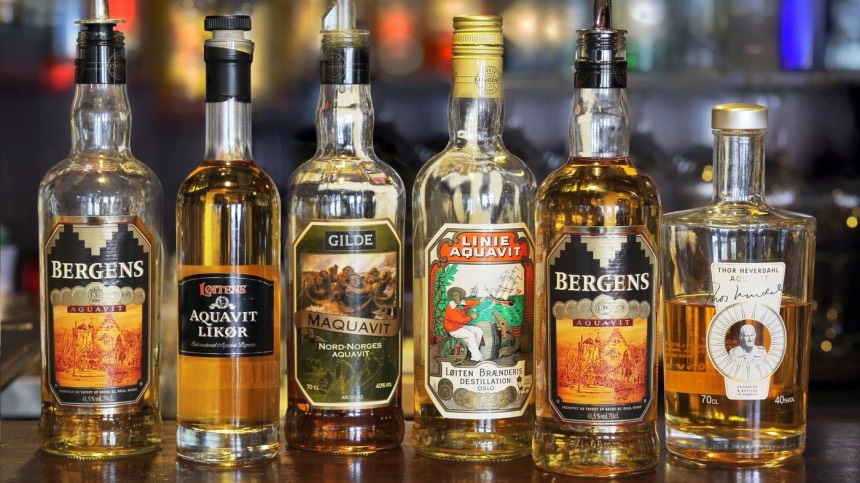
Since it is strong alcohol, you will need to go to the Vinmonopol to purchase Akevitt. Alternatively, you can get some at the tax-free shop, on your way out of the country (given the sky high taxes on spirits in Norway, that is probably the most sensible choice).
Licorice
Love it or hate it, licorice is a staple in Scandinavia and it is available in a variety of flavours, textures and shapes. If the person you are buying the gift for is a connoisseur, they may give you tips as to the kind that they prefer – or perhaps even a specific brand.
An often-bought favourite is the chocolate-covered licorice ball, available at specialty chocolate boutiques and in some tax-free airport shops.
Tine
No, not the milk! If you want to go for something very traditional, you can get a tine (pronounced tee-nuh): a wooden cake container.
The tine is the traditional way to store and transport a cake. Think of it as Tupperware’s granddad.
The containers are made of wood and either sculpted or painted with various motives (often the previously-mentioned rosemaling). If you want to go vintage, you can find old ones in second hand shops, but be prepared to have to look for a while.
Brown cheese
It’s weird, it’s caramelised and it’s hard to get outside of Norway: brown cheese is a favourite of those people that… like brown cheese. It actually tastes nothing like cheese but you should definitely give it a try.
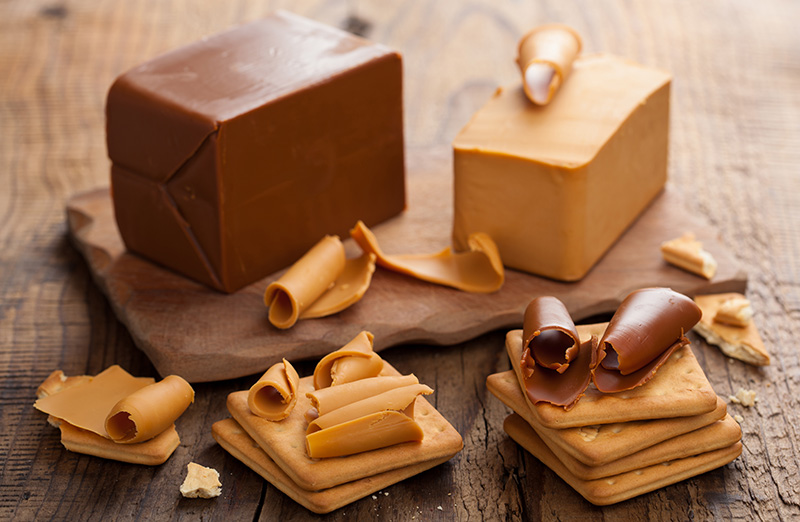
As a gift, it is most suited for someone who told you specifically that they like it, as it really is a love it or hate it kind of product.
Before you set out on your trip, do check with your local customs authority that there are no restrictions regarding the import of milk products.
Silver jewellery
For something very special and easy to carry, might we suggest traditional silver jewellery. It is the perfect way for someone to signal their Norwegian origins, without going to the extreme measure of acquiring a bunad.
Silver jewellery can be found in most jewellery stores, but specialty shops in the larger towns are where you should go to get the handcrafted stuff. Be prepared to pay through the nose, of course.
Norwegian art
If the gift you are buying is for someone whose style you know, why not give them a piece of Norwegian art? There are galleries just about everywhere in the country, with works of all prices and styles.
You may want to consider having the work shipped back home instead of carrying it with you. If you know your stuff, you can also scour second hand shops in search of a vintage piece.
Hardangerbestikk
Full disclosure: Hardangerbestikk is a brand name. It means “Hardanger cutlery”. The reason we are mentioning it is that it’s very good quality.
Think stainless steel, but of a high quality and with a stylish Nordic design. You can use it with pride for dinner parties without having to worry about whether or not it will survive the dishwasher (it will).
This brand of cutlery is often given as a wedding gift. A word of warning, though. Have a calculator on hand to make sure you are not going over the weight allowance of your flight!
Chocolate
Last but not least: chocolate. Notable brands are Oslo's Freia and Trondheim's Nidar.
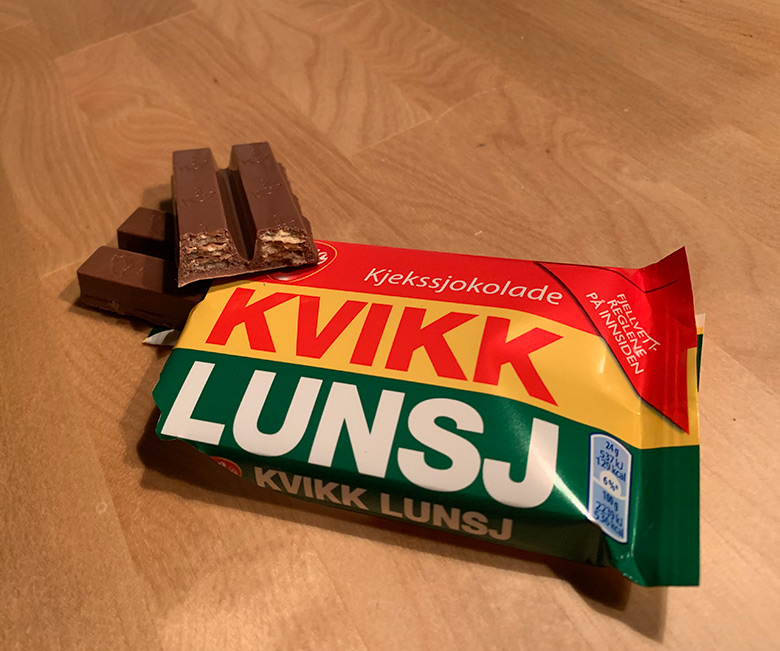
This gift will be particularly appreciated by Americans. Why do we say that? Well, Norwegian chocolate is quite different from your dad’s Hershey bar.
The balance of sweetness and bitterness is different than what Americans are used to, and the absence of butyric acid makes the overall flavour completely different.
In short: it’s something different, it’s not too expensive, and it’s chocolate. Freia’s Firkløver brand (milk chocolate with chopped hazelnuts) is always a favourite.
Have you been on a trip to Norway and bought a gift that turned out to be a success? Did we leave out one of your favourites? Let us know in the comments!


We got a reindeer pelt and absolutely love it. It goes on the back of a chair or sofa. Wonderful. And yes they are everywhere.
I met a woman at the Scandinavian store in my city and she had just gotten back from Norway. She was buying Norwegian gifts for her friends and family! Didn’t have to spend time shopping on her vacation or lug it all around and take up space in her suitcase! And she said they had a better selection here and prices about the same! Brilliant and matches my experience as well!
Norwegian chocolate is also appreciated by my family in England. Much nicer than Cadburys.
Everyone of my friends have received a traditional Norwegian cheese slicer over the years. You can get them here in the UK now, but not the wide variety for every type of cheese that you find in Norway! Use mine every day!
Chocolate is always a winner. Smoked salmon too, which, considering the cost of food in Norway, I’ve always found to be extremely cheap in comparison to buying smoked salmon in the UK.
And then there’s the wonderful Swedish glass, Kosta Boda, which weighs a ton in your luggage…
I bring back selbuvotter
We shopped all the Fretex stores in every city ( some have 2!) and foundling sweaters at great prices. We filled a duffle bag and brought home at least one sweater for every member of our family!
I did my research and shopped at home before and after my too short visit to Norway. I ordered beautiful socks, found one local store that has brunost which I adore, found a top notch cheese slicer at a thrift store, and bought a beautiful set of silver jewelry made by Norwegian artisans at the Scandinavian museum when visiting my daughter in Seattle. I did buy a scarf at a small market and some Freya bars in Norway, but my time was devoted more to interesting places than things, such as hunting down the leprosy museum in Bergen.